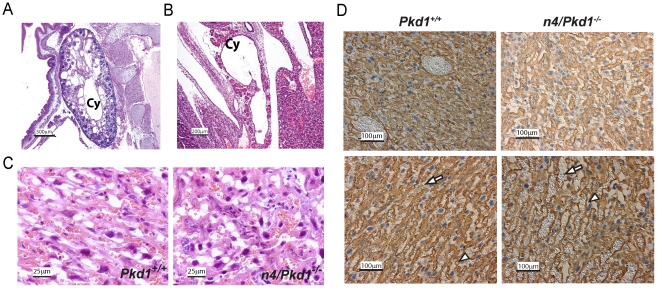Figure 3. Placental Rescue by Tetraploid Aggregation.
A, B. Haematoxylin-eosin stained sections of E17.5 tetraploid rescue n4/Pkd1−/− embryos show classic Pkd1 null phenotype with renal cysts (Panel A) and pancreatic cysts (Panel B). This is because tetraploid wild type cells are not incorporated into the fetus. “Cy” denotes cysts. C. Haematoxylin-eosin stained placental sections harvested from viable E17.5 wild type (Pkd1+/+) or Pkd1 mutant (n4/Pkd1−/−) embryos. The defect in the labyrinth layer appears improved in this placenta. D. IB4 staining of representative sections from E17.5 Pkd1+/+ (left panels) and n4/Pkd1−/− placentas (right panels). There was variable improvement in the placental phenotype with the n4/Pkd1−/− placenta in the upper panel appearing to be more like the wild type placenta.

